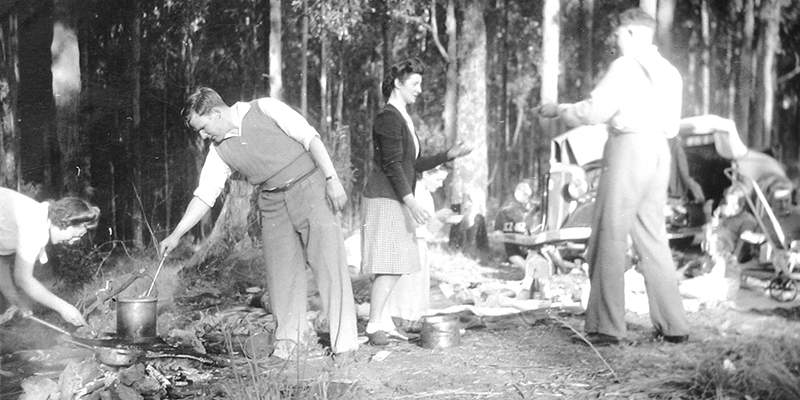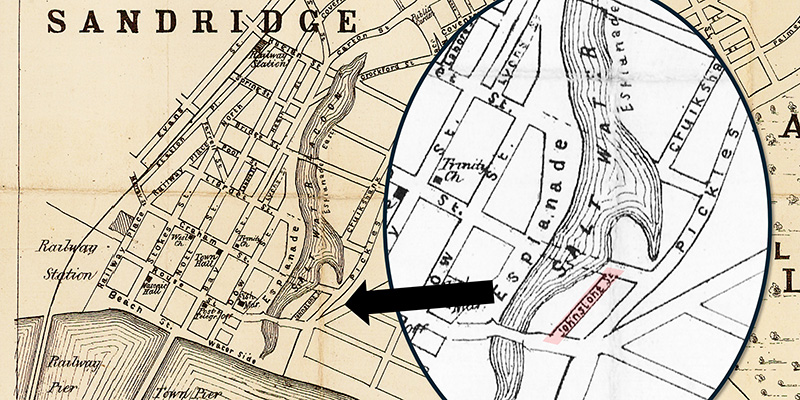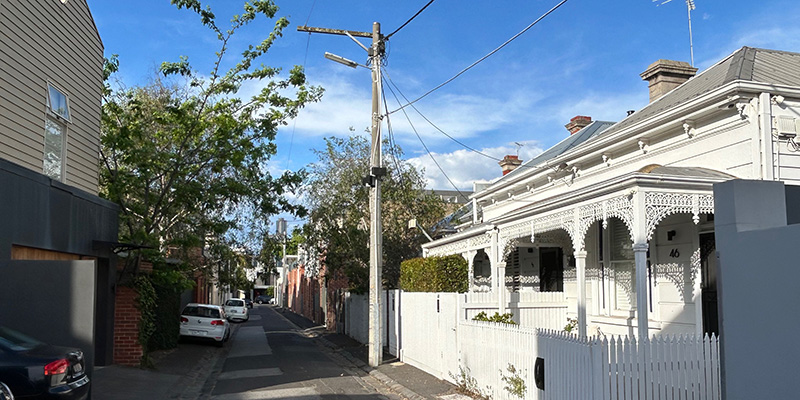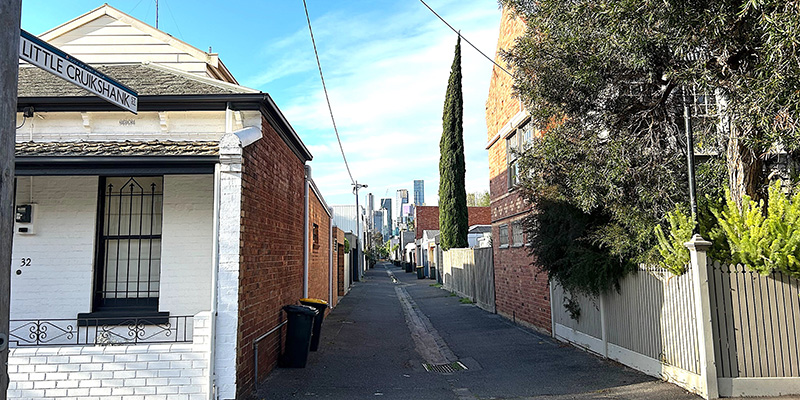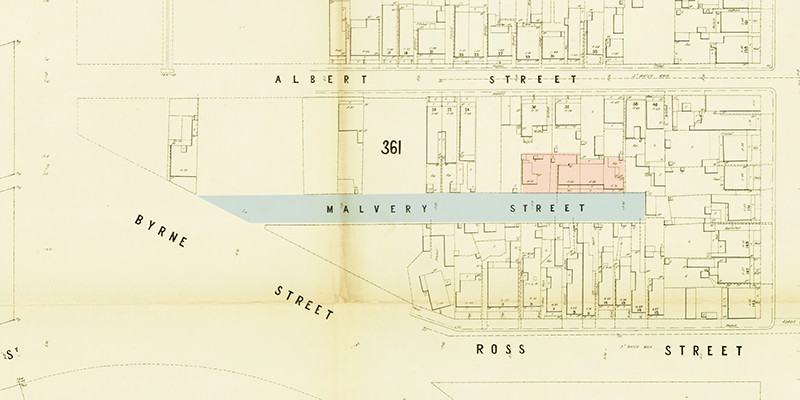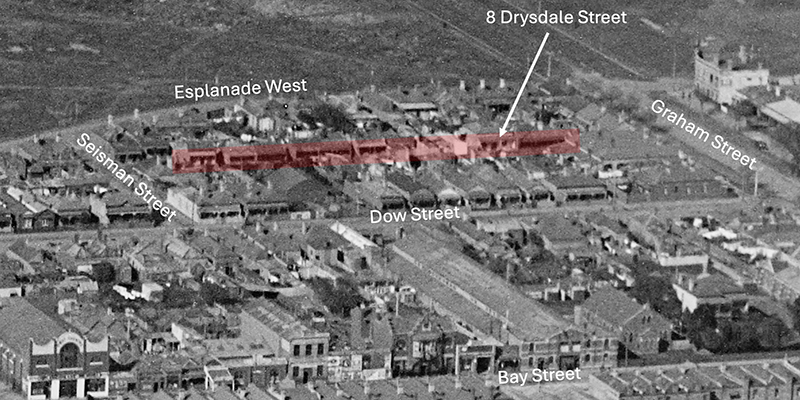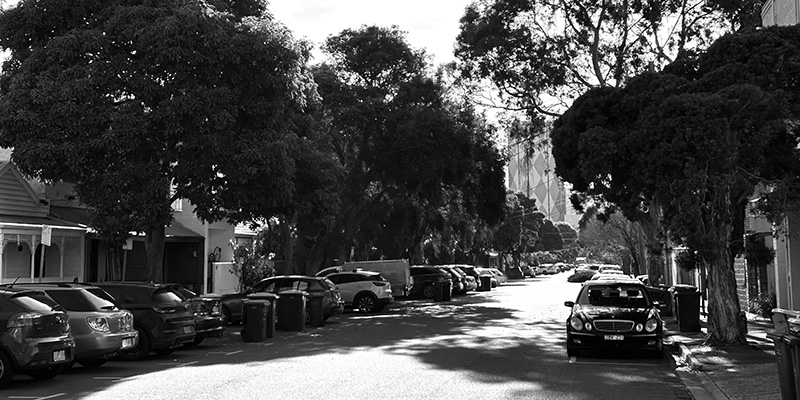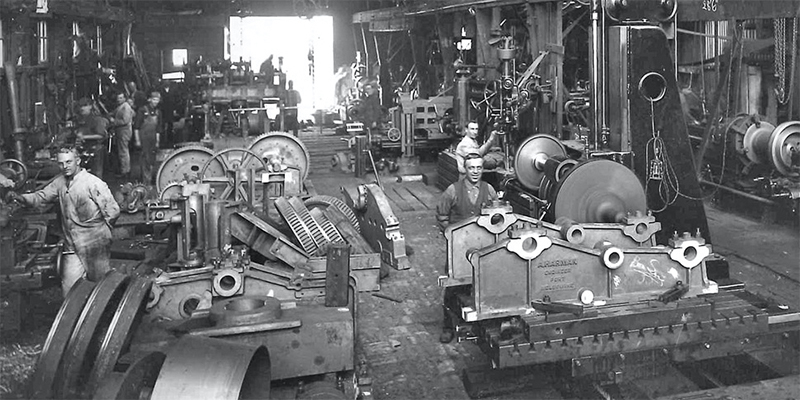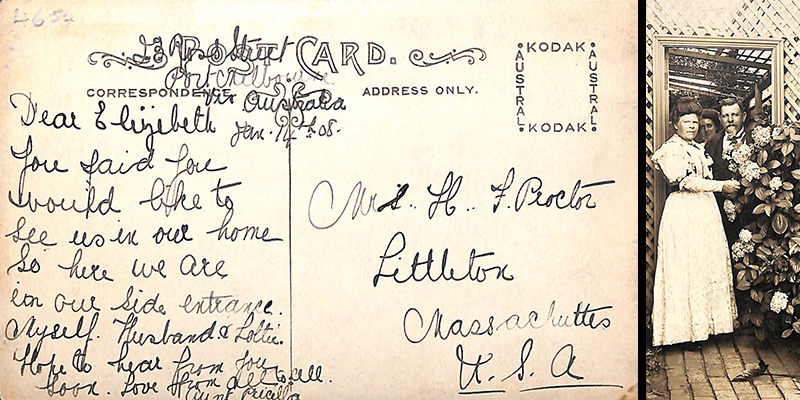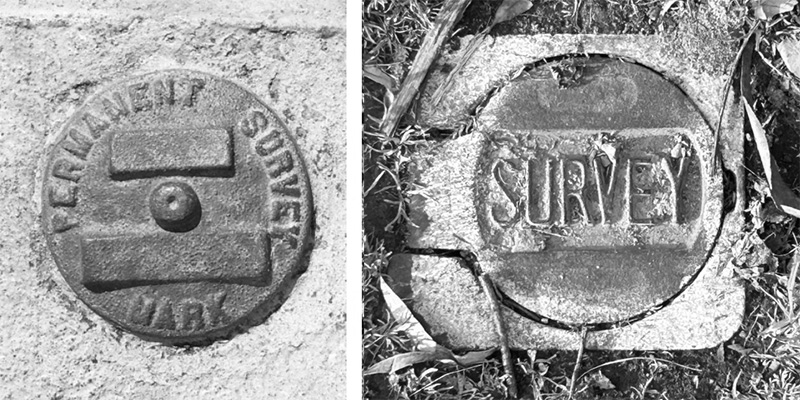by David F Radcliffe
When writing Changing Fortunes in 2020, I could not find any photographs of the many people and families featured in the book. Through writing their stories, I came to know them, even though I had never ‘seen’ them. Just before Christmas 2024, Rudolph and Mary Borowski, who lived at 47 Spring Street East for nearly fifty years, suddenly…
